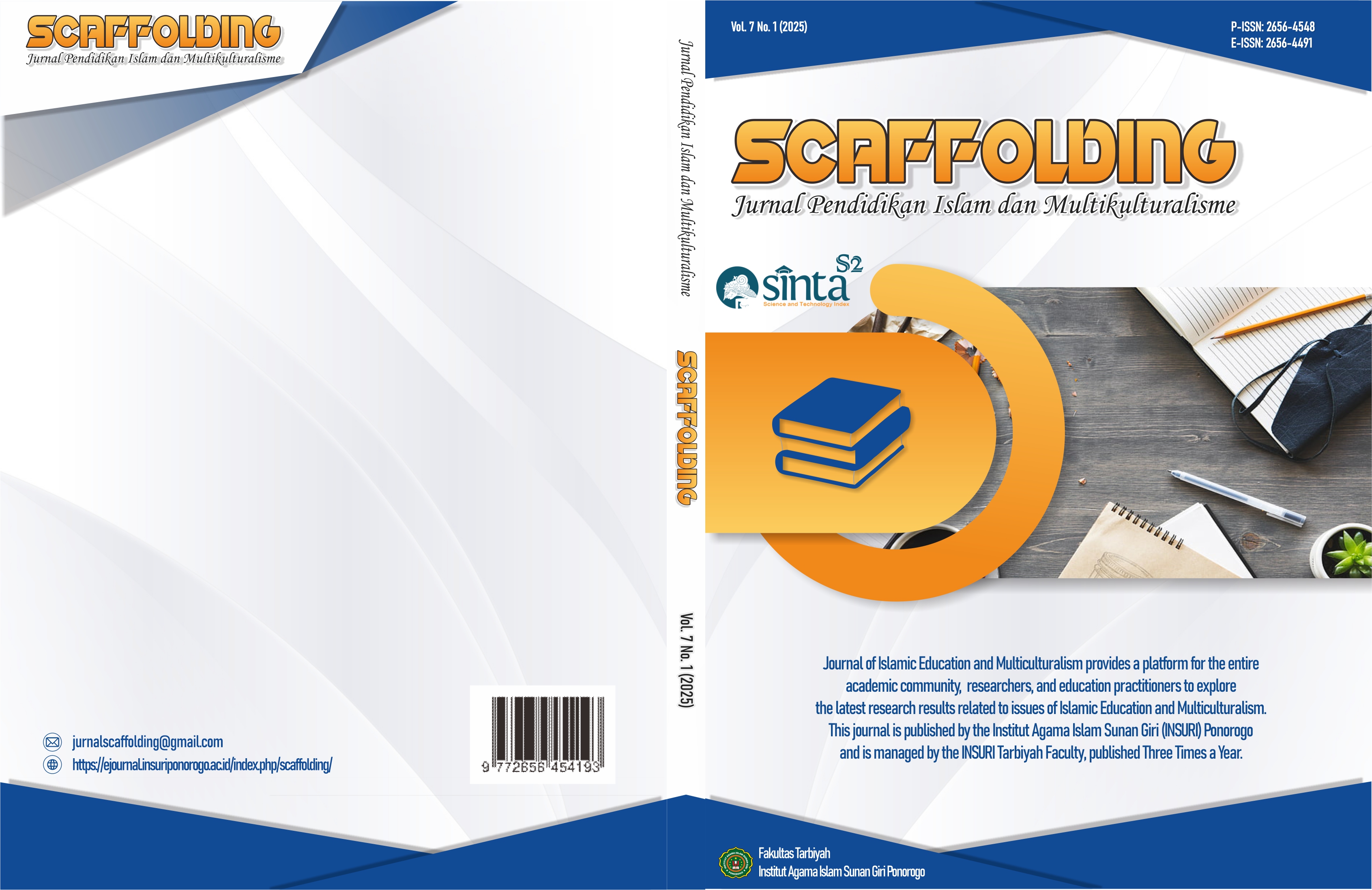Exploring Viewing Skills Among Higher Education Students
DOI:
https://doi.org/10.37680/scaffolding.v7i1.7179Keywords:
Viewing Skills, Profile Analysis, MultimodalAbstract
This research aims to describe and identify viewing skills through multimodal analysis. This is motivated by the fact that in Indonesia, viewing skills are considered a new language skill. So that information is needed on how the ability of these skills is theoretically and practically. The approach used in this research is descriptive qualitative. This research used a population of Indonesian students with a sample of 145 students from the five largest islands. Data were obtained using questionnaires and multimodal analysis assignments. Data collection by distributing questionnaires and assignments to students, while data analysis uses descriptive statistical analysis and qualitative analysis. The results of the research can be identified that students have understood the concept of visual literacy, and with multimodal analysis, students are able to understand the meaning contained in the image. In addition, this research can also ensure that the use of audiovisual and visual media can be used in every learning process.
Downloads
Published
How to Cite
Issue
Section
License
Copyright (c) 2025 Daman Huri, Yeti Mulyati, Vismaia S. Daimaianti, Andoyo Sastromiharjo

This work is licensed under a Creative Commons Attribution-NonCommercial 4.0 International License.
Authors who publish with this journal agree to the following terms:
Authors retain copyright and grant the journal right of first publication with the work simultaneously licensed under a Creative Commons Attribution-NonCommercial 4.0 International License that allows others to share the work with an acknowledgement of the work's authorship and initial publication in this journal.
Authors are able to enter into separate, additional contractual arrangements for the non-exclusive distribution of the journal's published version of the work (e.g., post it to an institutional repository or publish it in a book), with an acknowledgement of its initial publication in this journal.
Authors are permitted and encouraged to post their work online (e.g., in institutional repositories or on their website) prior to and during the submission process, as it can lead to productive exchanges, as well as earlier and greater citation of published work.



